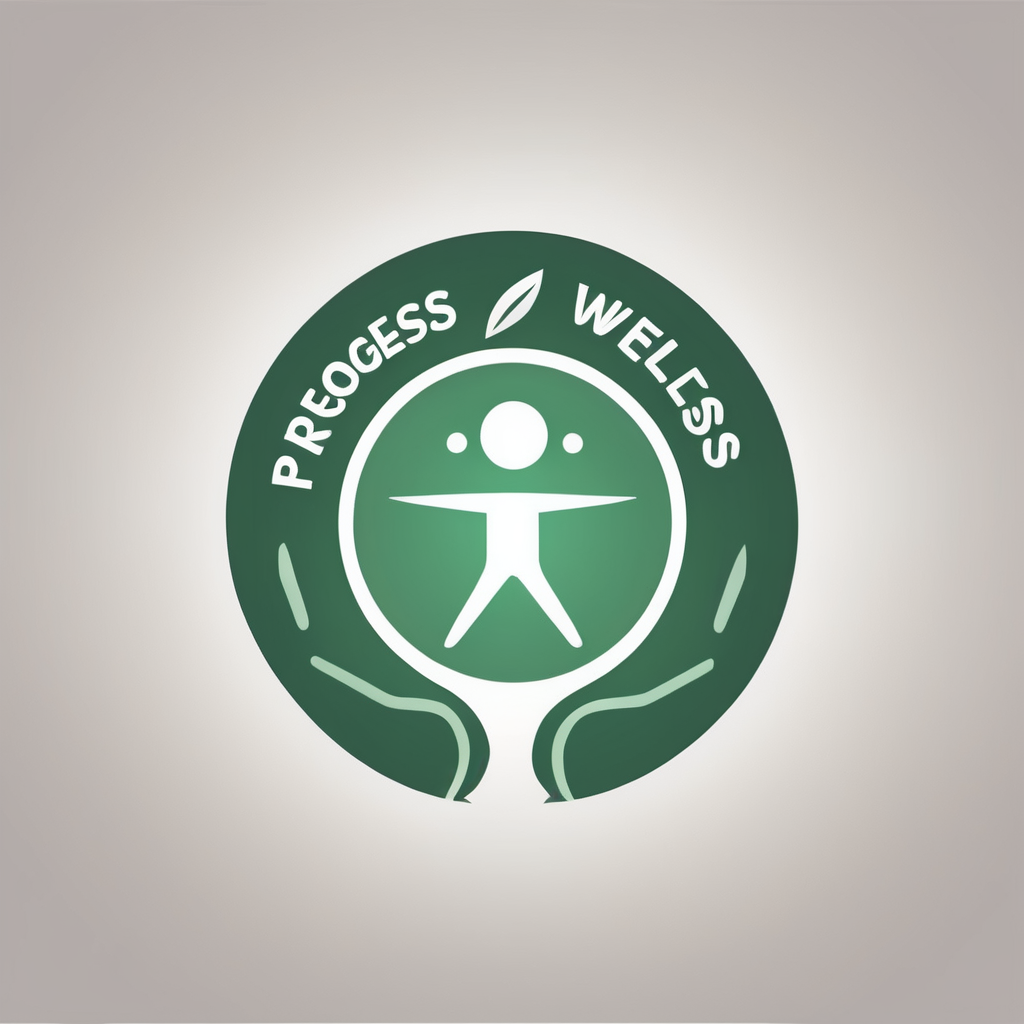Importance of Mental Well-Being in Remote Learning
Remote learning has shifted the educational landscape, emphasizing the significance of mental health for both students and educators. The impact of remote learning on mental health is profound; it alters routines and reduces face-to-face interaction, which may lead to feelings of isolation or anxiety. Recognizing key indicators, such as changes in mood, engagement levels, or academic performance, is crucial for gauging the emotional well-being of students and educators.
Emotional support plays a vital role in mitigating these challenges. Implementing proactive mental health strategies can make a substantial difference. Virtual counseling sessions and the integration of regular check-ins can provide the much-needed emotional support for students navigating the remote learning environment.
Also read : Top Strategies for Effectively Managing Chronic Sinusitis Symptoms
Moreover, fostering a culture that prioritizes open dialogue about mental health is essential. Encouraging students and educators to share their experiences and feelings can build a supportive community that understands and respects individual needs.
Proactive approaches, like establishing emotional support systems and prioritizing mental well-being, are not merely beneficial; they are necessary. Employing these strategies ensures a more holistic and enriched remote learning experience for everyone involved, paving the way for a healthier and more balanced educational journey.
Additional reading : Top Strategies for Effectively Managing Chronic Bronchitis Symptoms
Creating an Effective Remote Learning Environment
Designing a conducive learning environment is vital for success in remote settings. A well-structured, distraction-free space can significantly boost concentration and productivity. Start by selecting a quiet area with minimal interruptions. Ensuring good lighting and a clutter-free desk are simple yet effective ways to optimize the study setting.
Balancing screen time with offline activities is crucial to combat digital fatigue. Encourage students to spend breaks away from screens, engaging in physical activities or hobbies. This balance not only refreshes the mind but also supports overall well-being. An effective routine incorporates regular screen intervals, allowing the brain to recuperate and improve focus.
Comfort and ergonomics play a crucial role. Invest in ergonomic furniture that supports posture, often overlooked but vital to long-term health. Ensuring a comfortable seating arrangement and desk height can alleviate physical discomfort, promoting better engagement in learning tasks.
Creating a supported space requires thoughtful arrangements, transforming any environment into a productive haven for learning. Attention to these details fosters a harmonious blend of structure and relaxation, making remote education not just feasible but enjoyable. Transform your space, and witness the benefits of an effective learning setup.
Communication and Social Interaction Strategies
Effective communication and peer support are vital components of remote learning, nurturing a sense of community and shared purpose. Facilitating virtual interactions requires leveraging technology to maintain social bonds. Tools like video conferencing and instant messaging platforms enable real-time collaboration, ensuring students and educators remain connected.
Facilitating Virtual Interactions
To enhance social bonding, establish regular virtual meet-ups where students can discuss interests beyond academics. These sessions create opportunities for informal exchanges, promoting camaraderie and easing feelings of isolation.
Encouraging Group Work
Incorporate collaborative tools to support group assignments, focusing on shared goals and peer feedback. This approach not only cultivates teamwork but also reinforces students’ problem-solving abilities and communication skills. Encouraging peer support during projects can help build trust and interpersonal skills.
Building Online Community
Fostering an online community involves creating inclusive forums where students can share experiences and ideas. Such platforms should encourage open discussions and provide a safe space for expressing concerns, thus strengthening group cohesion. Encouragement from educators to participate actively in these forums builds a nurturing and engaging communication ecosystem.
Emphasizing social interaction through structured strategies improves the overall remote learning experience, promoting emotional resilience and connection.
Time Management and Structure
Establishing a consistent daily routine is pivotal for successful remote learning. It fosters a sense of structure and predictability, which can help maintain focus and motivation. Begin by crafting a scheduling plan that outlines specific times for learning, breaks, and extracurricular activities. This approach aids in organizing tasks and ensures balance.
Effective time management involves prioritizing tasks and assignments. Techniques such as the Eisenhower Box or the Pomodoro Technique can be employed to enhance productivity. These methods assist in distinguishing urgent tasks from important ones, ultimately streamlining the learning process.
Incorporating regular breaks is equally vital, as they contribute to mental health maintenance. Short breaks refresh the mind, allowing for more sustained focus periods and preventing burnout. Incorporate activities like stretching, short walks, or mindfulness exercises to rejuvenate during downtime.
To further optimize your routine, allocate time for downtime and leisure. This not only supports mental health but also fosters creativity and resilience. Balancing work time with relaxation prevents fatigue, paving the way for a more harmonious learning journey. With structured routines, students can navigate remote education with confidence and ease.
Stress Management Techniques
In the realm of remote learning, effective stress management is crucial for maintaining mental well-being. Implementing daily mindfulness practices can create a buffer against stress. Simple techniques like focused breathing or meditation can help students centre themselves, reducing anxiety and improving concentration.
Recognizing signs of stress is the first step. Changes in sleep patterns, irritability, or a decline in academic performance may indicate stress in students or educators. By identifying these indicators early, proactive strategies can be deployed to manage them effectively.
Several coping mechanisms can assist in stress reduction. Encouraging regular physical activity, creative outlets, and maintaining a balanced diet are practical ways to support emotional health. Additionally, ensuring a consistent sleep schedule can significantly reduce stress levels.
For times when stress becomes overwhelming, having access to mental health support and crisis management resources is vital. School counsellors, online support groups, and mental health apps offer valuable assistance. These tools are designed to empower students and educators to navigate challenges with resilience and promote a healthier learning experience. By equipping individuals with the right strategies and resources, the remote learning journey can become less stressful and more rewarding.
Engaging Parents and Educators
The collaboration between parents and educators is pivotal in creating a supportive remote learning environment. Parental involvement can significantly enhance a child’s academic experience by providing emotional reinforcement and promoting a structured learning routine. Regular communication between parents and educators fosters transparency, allowing parents to stay informed about their child’s progress and any mental health concerns.
Schools can host virtual workshops to educate parents on remote learning dynamics and mental health strategies, equipping them with the skills to support their children effectively. Educator support involves providing training on recognizing signs of emotional distress and understanding the impact of stress management on academic performance.
Implementing collaborative approaches strengthens the school community. Regular check-ins, both virtual and through messages, ensure that educators and parents remain aligned in their objectives, enhancing the efficacy of remote education. Active participation in planning and decision-making gives parents a voice, making them valued partners in their child’s educational journey.
Providing resources and training for educators on emotional support techniques underlines the importance of addressing mental well-being proactively. Thus, bridging the gap between home and school ensures a more holistic approach to remote learning, benefiting everyone’s mental wellness.
Resources and Tools for Mental Well-Being
Ensuring robust mental health resources is key to supporting remote learners. Various online tools can enhance emotional well-being, while fostering resilience. In this section, explore diverse platforms enhancing mental well-being, and how they address the unique challenges of remote learning.
Online Learning Platforms
Certain platforms integrate mental well-being features into their resources, offering more than just educational content. They may include guided meditations or forum discussions on stress management, ensuring students have access to emotional support while learning.
Mental Health Applications
Well-being apps play a crucial role in stress alleviation. Numerous applications offer mindfulness exercises, mood tracking, and relaxation techniques tailored for students. These tools provide an accessible way for learners to manage stress and maintain emotional balance independently.
Community Support Groups
Connecting with community support groups can provide a sense of belonging and shared experience. Online forums and groups create spaces for students to express concerns and share strategies, promoting peer support and understanding. These networks empower students by offering collective wisdom and emotional solidarity.
Utilizing the right resources can effectively enhance mental well-being and ensure a holistic approach to remote education.

